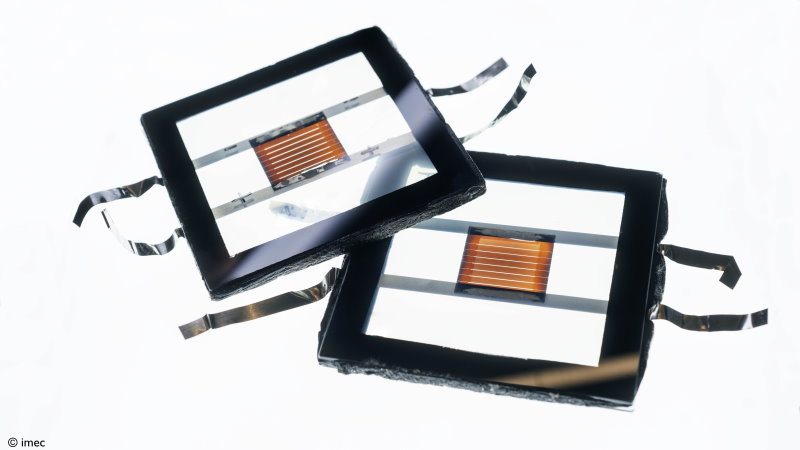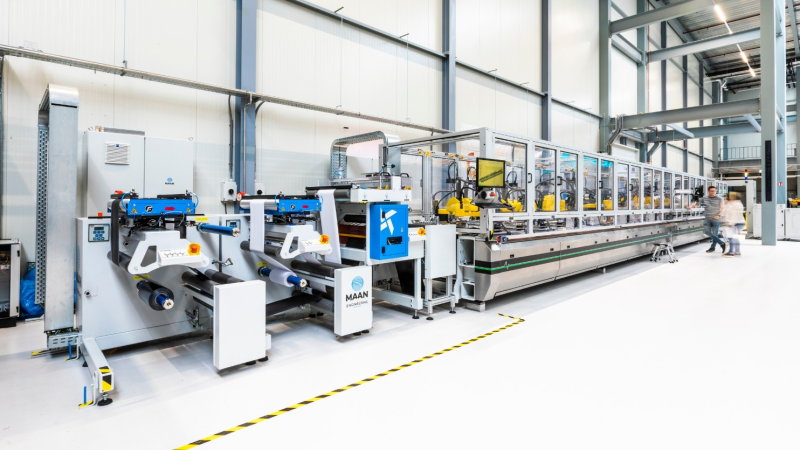In a two-year field test of perovskite solar cells, Imec and partners have confirmed the material’s long-term stability. In sunny Cyprus, mini-modules based on the material retained 78 percent of power efficiency in the first year. “This research represents a major advancement in understanding the degradation of perovskite solar modules in real-world conditions. With further improvements of the efficiency of our mini-modules, which are designed with upscaling in mind, these findings can accelerate the path toward commercialization of this promising technology,” says Tom Aernouts, R&D manager at Imec.
Discovered only fifteen years ago, the lifetime of certain hybrid organic-inorganic perovskite solar cells was once best measured in minutes. Motivated by the potential of low-cost, flexible solar cells, researchers have steadily managed to increase durability as well as power efficiency. Nonetheless, stability remains the primary obstacle to commercial adoption, as perovskites tend to degrade due to moisture, light and heat.

Over the last two years, Imec conducted a comprehensive study of the outdoor performance of in-house designed perovskite PV modules. Mini-modules, measuring 4 cm2 and developed at Imo-imomec Hasselt University and Imec/Energyville in Belgium, were tested in collaboration with the University of Cyprus. The most durable modules retained 78 percent of their initial power conversion efficiency after a year outdoors in Cyprus. Previously, it would take only weeks to months for perovskites to drop to that efficiency.
To gain deeper insights into the degradation behavior across different climate zones, the modules will also be evaluated in the rainy climate of Brussels, the arid desert of New Mexico and the moderate climates of Madrid and Freiburg.


